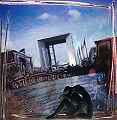
Gallery
Polaroid 600 manipolato
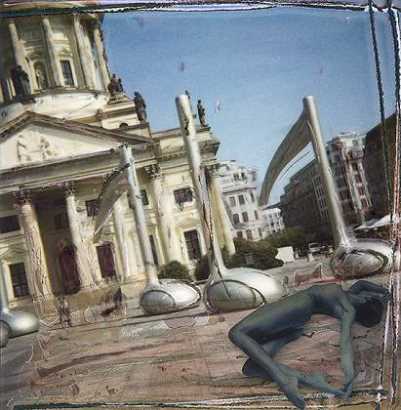
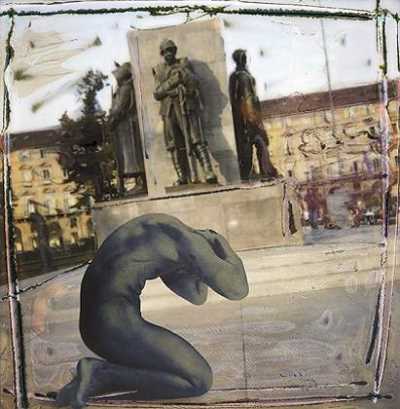
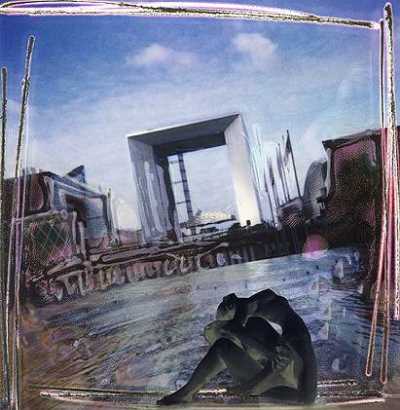
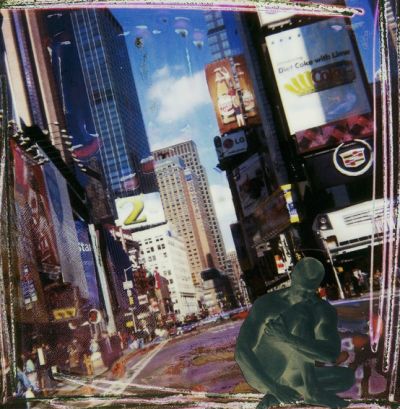
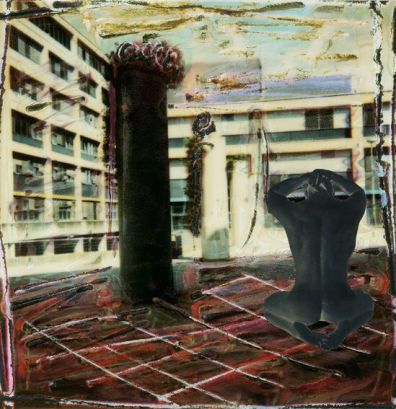
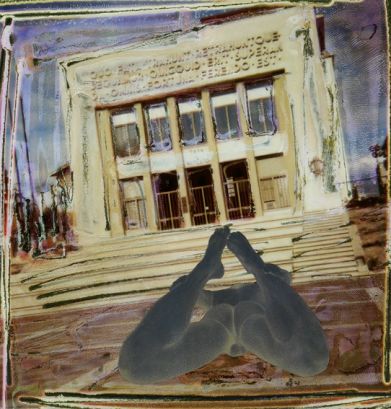
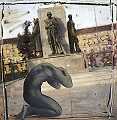
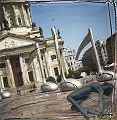
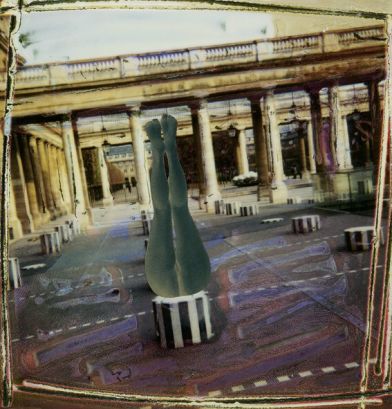

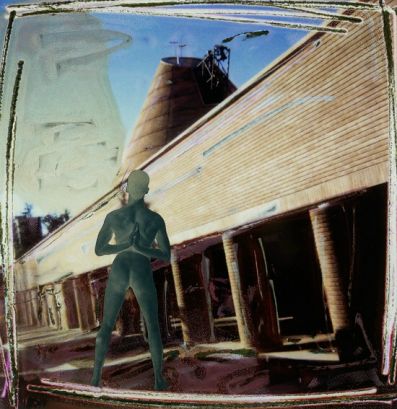
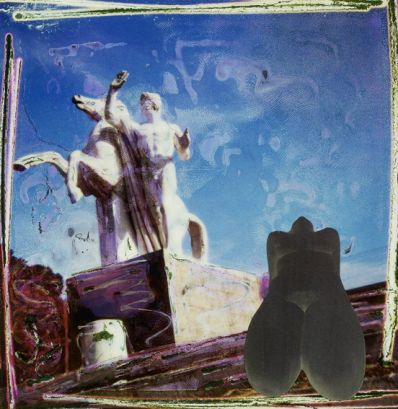
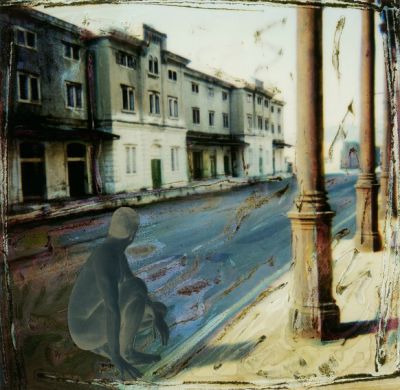
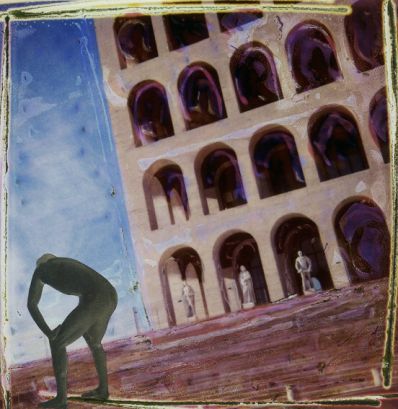
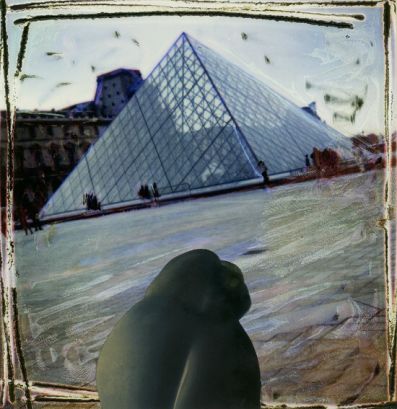
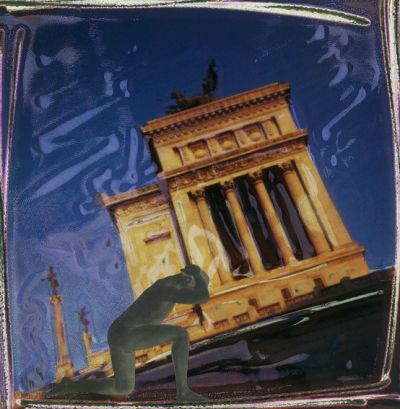
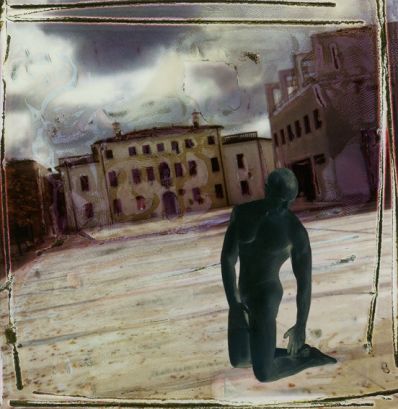
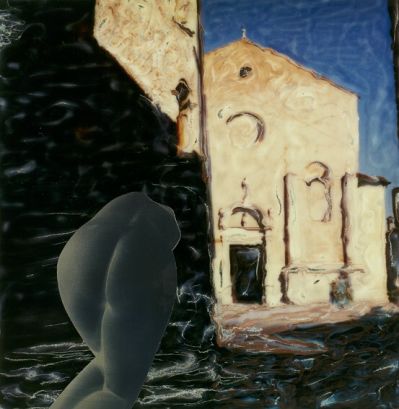
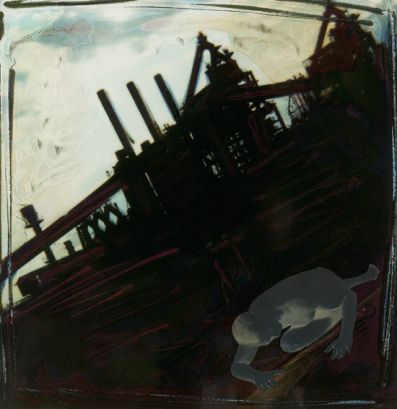
Un tempo l’uomo era il protagonista che si muoveva in un ambiente costruito secondo le proprie esigenze e ogni definizione architettonica era condizionata dalla sua funzione.
Oggi siamo scivolati all’opposto: è l’uomo a doversi misurare e adattare all’architettura, che segue canoni e dettami spesso avulsi dal bisogno umano, spesso meri esercizi di stile e forma fini a se stessi.
Ci troviamo così a doverci confrontare con realtà estremamente varie, in un contesto urbano e sociale costruito troppo spesso senza tener conto della dimensione umana, oppure inadeguato al nostro modo di essere e di pensare. A volte possiamo incontrare spazi che portano a riflettere sulla propria esistenza o altri che invitano a soffermarci o ci respingono.
Ogni situazione odierna offre comunque un’ampia possibilità di confronto con lo spazio e il tempo, impossibile fino a qualche secolo fa.
Ed è su questa riflessione "metafisica" sull’uomo e il suo spazio che si fonda questa ricerca, nata come esigenza interiore di ritrovare una giusta dimensione e un equilibrio nella quotidiana realtà, non più vissuta ed accettata come una giustapposizione alla nostra individualità ma come possibilità di dialogo e critica.
In queste immagini, l’uomo ridiventa il protagonista. La sua posizione davanti alla scena assume una valenza tragica antica ed è qui che l’apparente staticità si trasforma in dinamicità: il soggetto ci comunica il suo pensiero, il suo essere hic et nunc.
In questa prospettiva dialettica, la scena colorata e costruita alle sue spalle, diventa parte integrante della tragedia, e protagonista della stessa dimensione metafisica. L’Io narrante simbolizza non solo la situazione, ma la sua stessa storia e identità culturale. Con il proprio linguaggio del corpo trasmette alienazione, disagio, potenza, dominio, frustrazione, inadeguatezza, piacere, provocazione... nei confronti del mondo oggettivo a lui suo malgrado imposto.
E’ un ritorno alle origini, alla ricerca di una propria identità e libertà di scelta, senza condizionamento alcuno.
La scelta del collage, dove vengono usati due diversi tipi di polaroid, sottolinea il distacco dalla scena dei personaggi nella loro cosciente individualità, riuscendo nel contempo a ristabilire e rafforzare un rapporto critico e dialettico con la realtà, apparentemente in piano secondario ma sempre prepotentemente presente come scena. Non a caso ogni intervento è esclusivamente manuale, a sottolineare energicamente la valenza e la dimensione corporea del messaggio, dove l’uso del computer o di un ritocco pittorico successivo, non potrebbero trovare alcuna giustificazione.
La scena è a volte scelta e cercata, a volte si presenta casualmente; l’equilibrio è reso sia dai colori che dall’inquadratura, passando per un intervento manuale sulla superficie durante il rapido sviluppo che ne determina la drammaticità in quel determinato momento. In questo contesto viene posta la figura umana, la quale assume rilievo e importanza, anche se a volte può sembrare in secondo piano, proprio a causa della tecnica usata: i corpi ricordano nelle loro posture la classicità delle statue greche e l’analogia è ribadita dalla visione leggermente indefinita e dalla frammentazione della superficie riportata su carta che fanno pensare alla pietra e al marmo corrosi dal tempo.
In definitiva questo "Theatron" costituisce il diario stesso dell’autore, il suo viaggio in cui ritrova se stesso e le proprie radici nella capacità di poter ricreare un costruttivo e armonico rapporto con l’attuale realtà.
It once was true that Man was the protagonist, the leading character who moved through an environment created to suit his own needs and where architecture was defined by its function and role. Today we have slipped in the opposite direction: it is now Man who must measure himself against - and adapt to - architecture, which often seems to follow rules and trends distant from human requirements and with forms and styles which seem only to be an end in themselves. And so we find ourselves having to live with and within widely differing environments, in an urban and social context all too often built without consideration for the human dimension, or simply inadequate for our way being, of thinking.
If we are lucky, we can sometimes come across spaces and places which lead us to consider our very existence, or others which invite us to stop and think. Still others repel us. Today, every situation offers us ample opportunity to reflect upon space and time, something that was impossible in the past. And it is on this metaphysical reflection about Man and his space that this research project is based, growing out of the inner need to seek out a true dimension and equilibrium for everyday life – a life, not merely an existence accepted as a juxtaposition to our individuality, offering the chance for dialogue and criticism.
In these images, Man returns to fulfil his role as protagonist. His role in the scene takes on the tragic imagery which reminds us of classical Greek sculpture and it is here that his apparent stasis assumes a new dynamism: the subject communicates his thoughts, his sense of being, his hic et nunc (here and now). Within this dialectic, the prospective of the colourful scene creates a backdrop and becomes an integral part of the tragedy, the main character in the metaphysical dimension.
The wandering I symbolises not only this situation, but his own history and cultural identity. Through the language of his own body he transmits alienation, disquiet, strength, domination, frustration, inadequacy, pleasure, provocation, solitude, derision… the reaction to an outside world imposed without consent. It is a return to our very origins, a search for our true identity and for freedom of choice without conditioning.
The choice of collage employing two different types of Polaroid underlines the human subjects’ detachment from the scene and stresses their individual consciousness, while still being able to re-establish and reinforce a critical and dialectical rapport with reality, seemingly on a secondary level but always a determining power within the scene. It is not by chance that each scene is manually and individually created to forcefully underline the importance and value of the physical dimension of the message, where the use of computer manipulation or subsequent re-touching could in no way be justified.
Sometimes the scene has been sought out, sometimes it is there by chance; the equilibrium is achieved both through colour and through camera angle, with the successive manual work on the rapidly-developing image determining the dramatic nature of those few dynamic moments of time.
It is within this context that the human figure is placed, taking upon itself a prominence - even if at times it may seem to be of lesser importance - given by the very nature of the creative technique used; the poses of the bodies recall the classicism of ancient Greek statues, with this analogy repeated in the slightly undefined appearance and the fragmentation of the surface as it is reproduced onto paper making the viewer think of stone or of marble aged over time.
This ‘Theatron’ forms the very personal diary of the author, his journey through which he finds himself and his own roots in his capacity to recreate a constructive and harmonic relationship with the contemporary world.